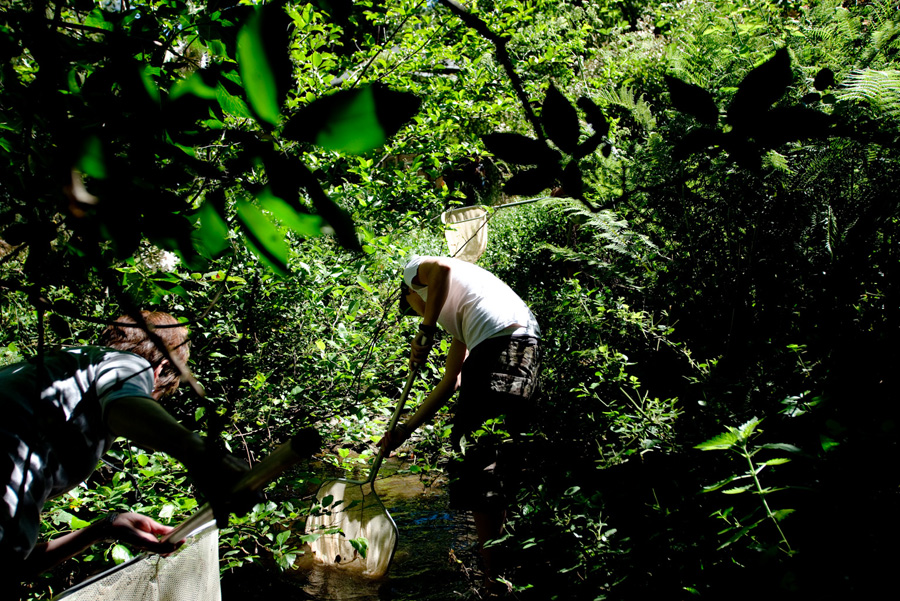Every three years, hundreds of Central California coho salmon make a daring journey from Tomales Bay to Japan, to the frosted creeks of Alaska . . .
Salmon fry get a lift downstream


Every three years, hundreds of Central California coho salmon make a daring journey from Tomales Bay to Japan, to the frosted creeks of Alaska . . .